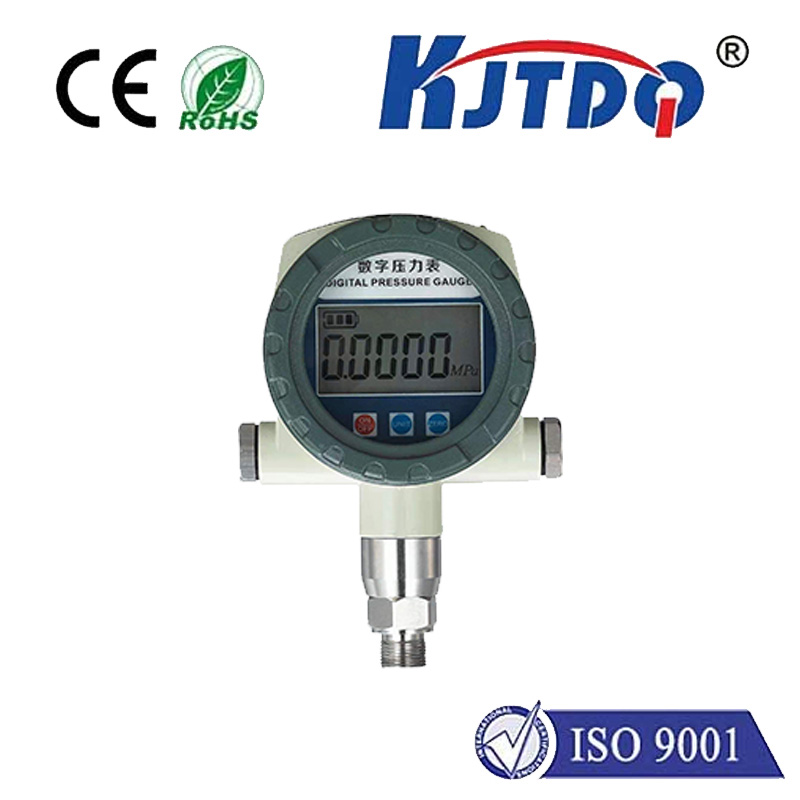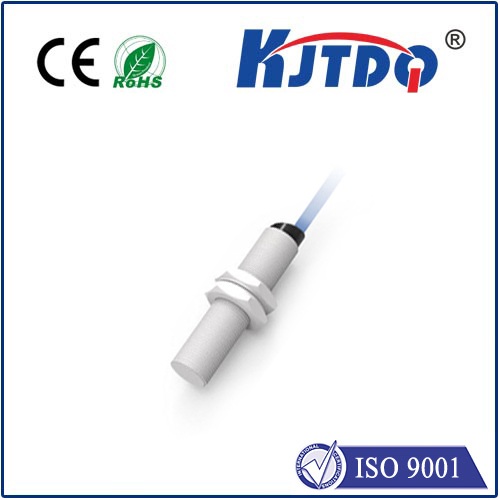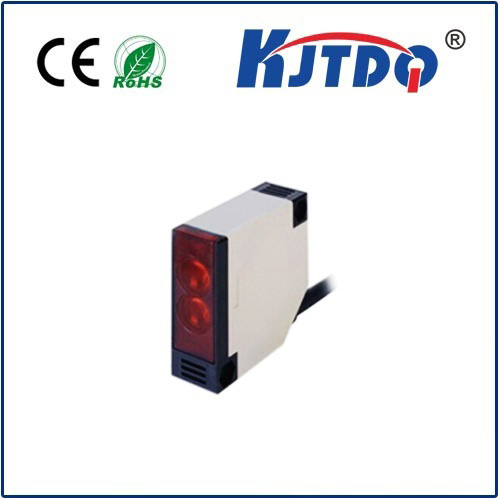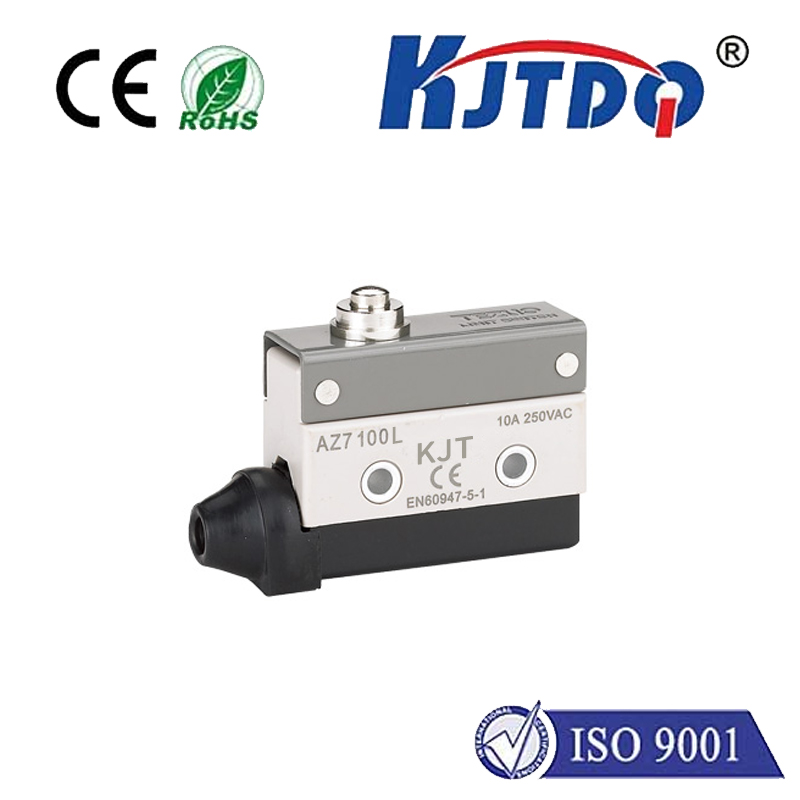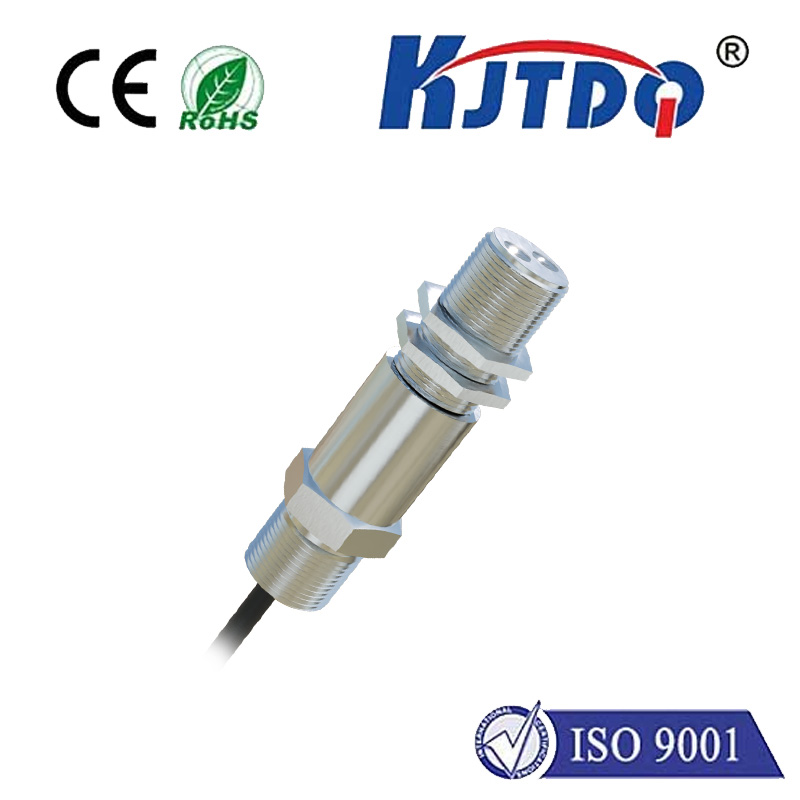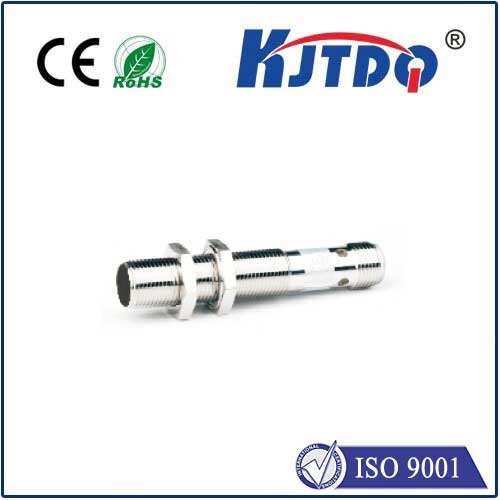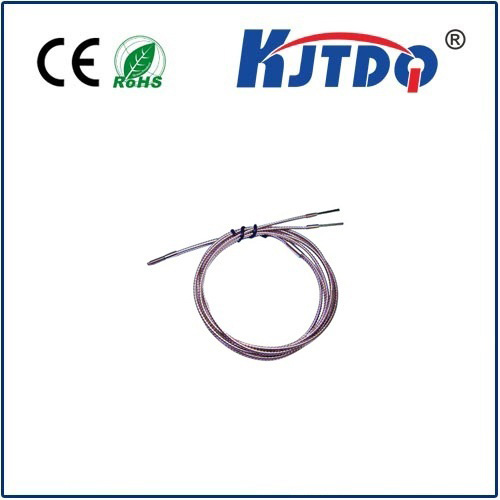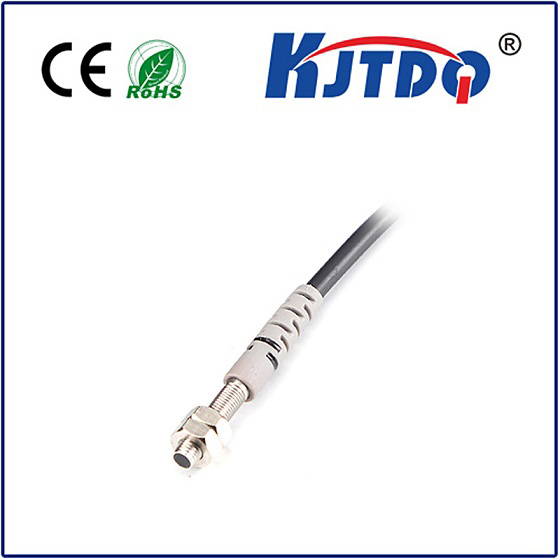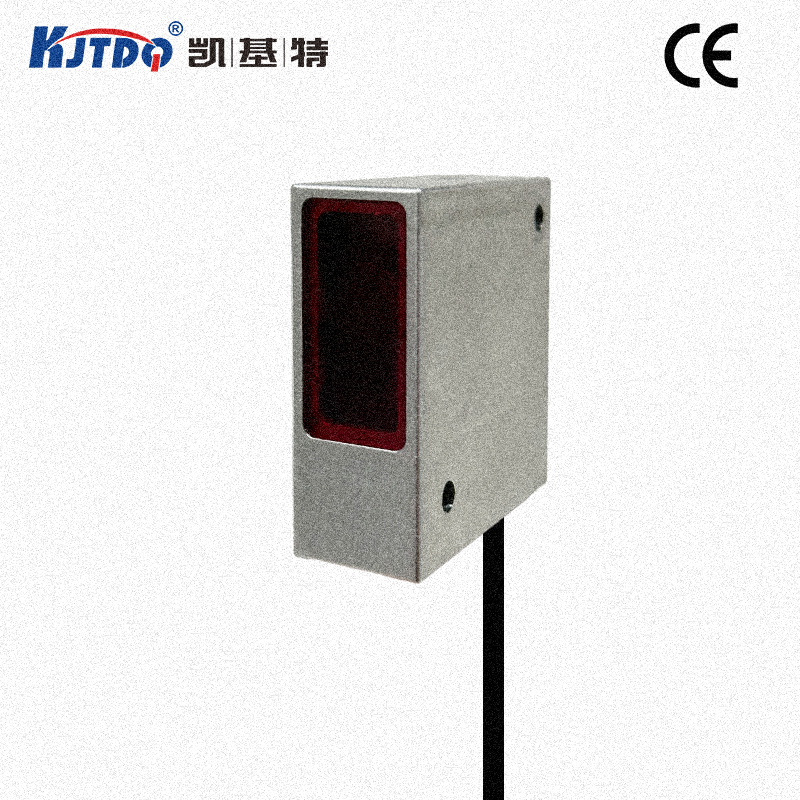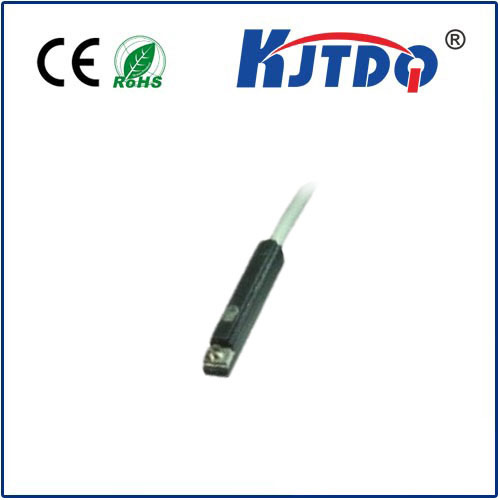

check

check

check

check

check

check

check

check

check

check
Title: Integrating ESP32 with VL53L0X: A Comprehensive Guide
The integration of ESP32 with the VL53L0X sensor unveils a new realm of possibilities in the Internet of Things (IoT) space. This combination leverages the powerful capabilities of the ESP32 microcontroller and the precision of the VL53L0X time-of-flight (ToF) long-range distance measuring sensor, enabling developers to create innovative solutions for distance measurement and object detection.

ESP32, known for its Wi-Fi and Bluetooth capabilities, is a cost-effective and versatile module suitable for various IoT applications. Its ability to use almost any pin for I2C functionality makes it an excellent match for the VL53L0X sensor. With ample I/O ports and built-in wireless capabilities, the ESP32 can efficiently manage the data acquisition from sensors like the VL53L0X and communicate with other devices or cloud platforms.
The VL53L0X sensor stands out as a cutting-edge technology for non-contact distance measurement. It employs infrared light to measure the distance between objects and the sensor, providing accurate measurements essential for applications such as robotics, automation, and safety systems. This sensor’s compatibility with I2C communication simplifies its integration process with the ESP32, enhancing the overall performance and functionality of IoT projects.
To achieve successful integration, the ESP32 serves as the master device, while the VL53L0X acts as the slave device. By connecting the SDA and SCL pins of the ESP32 to their corresponding pins on the VL53L0X, a stable I2C communication link is established. This connection allows for the two-way exchange of data, where the ESP32 can initiate commands and receive measured distance values from the VL53L0X sensor.
Developers using the Arduino IDE with ESP32 can take advantage of the wire library to facilitate I2C communication. With the appropriate code setup, the ESP32 can be programmed to read from and write to the VL53L0X sensor, expanding its default capabilities and creating customized functions tailored to specific application needs. This flexibility ensures that the integrated system can adapt to a wide array of IoT scenarios, ranging from simple remote sensing to more complex automated systems that require real-time data processing.
As demonstrated by the synergy between ESP32 and VL53L0X, the convergence of these components not only enhances their individual strengths but also unlocks new functionalities beneficial for modern IoT applications. Whether you're aiming to develop a sophisticated proximity sensing system or simply wish to add object detection capabilities to your project, this powerful duo is up to the task, promising robustness, accuracy, and ease of integration.
